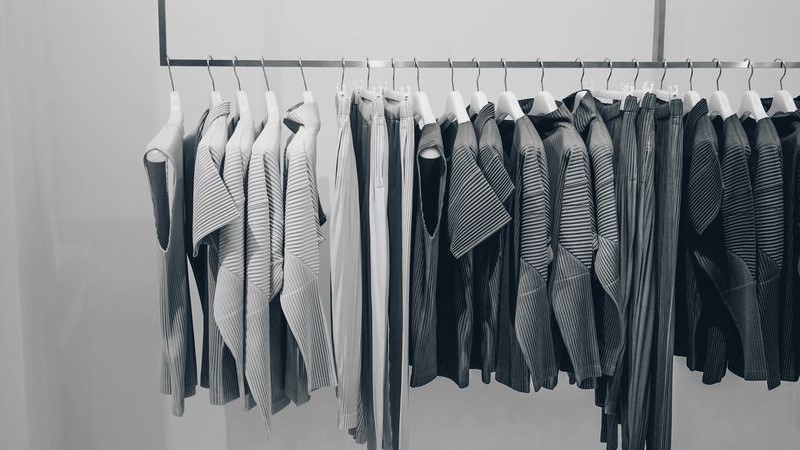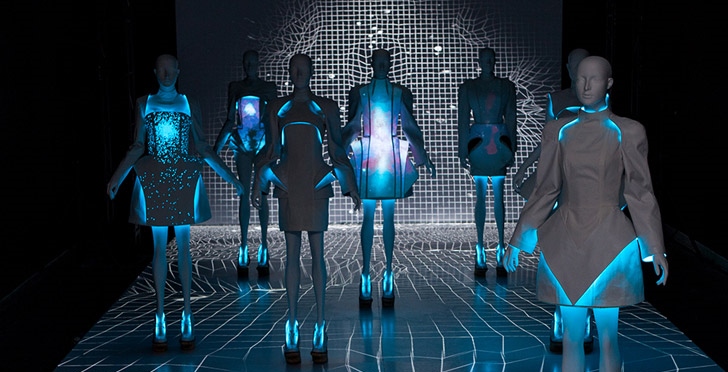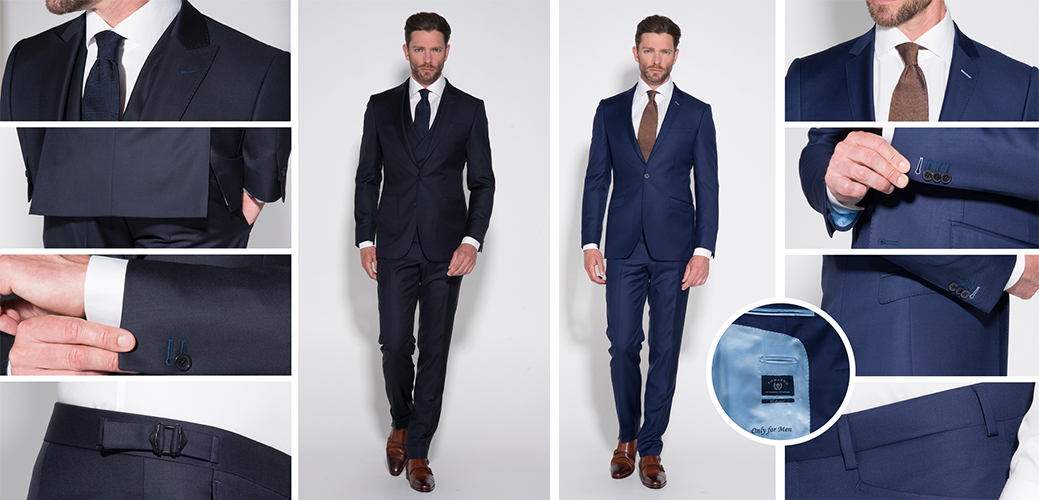In the 2000’s, e-commerce and e-books would completely shift the paradigm in the books industry. Although it took some time to gain traction and several technological iterations were needed, the almost unlimited inventory of books offered by stores like Amazon and its low prices, allied with the convenience of home delivery and free shipping were able to shift consumer patterns and boost this type of media consumption. In short, in over 15 years, digitalization in the sector transformed the competitive landscape. In 2017 and in the U.S. alone, e-books accounted for 55% of all online book purchases in volume, of which 83.3% can be attributed to Amazon(1), and when printed book purchases (39%) are concerned, Amazon accounted for 45.5% of them(2).
Big strives for this technological up rise partly came from the costly inventory which had to be vast and consistent across brick-and-mortar stores, higher prices, low searchability and portability of books, between many other inefficiencies/factors which are inherent to a physical business model of such nature. This got me thinking of other industries that may be in a similar position and, in my view, the apparel industry presents itself as a strong candidate to follow suit in the foreseeable future.
What technologies may disrupt the Apparel industry?
Buying apparel either online or in physical stores is a chore for some. In the first case, the inherent inefficiency of the channel comes from the uncertainty of the purchase, either from the inconsistent model sizes across brands and regions or from image manipulation that may occur in webstores to make their products more appealing. In a few years, however, it may be possible to bridge the online with the traditional experience and see and try the items you desire while having the store service you may need, all from the comfort of your home using Virtual Reality(3).
In the case of physical stores, some people simply do not appreciate the stress-inducing experience of going to commercial centres to buy a product they desire or simply cannot afford to spend time on such tasks. With the continuous cost reduction and technology improvement of 3D printers, the online purchasing experience may only consist in downloading the “blueprints” of your new product and watch it as it is manufactured in front of your own eyes and is ready to be worn in a couple of hours(4).
Both these technologies have the potential to massively reduce costs. No longer will companies need to set up massive production lines to deliver the goods or to develop a complex network of product distribution. Additionally, at some point, to provide service and assistance, physical stores may stop being the first-choice for many with the use of VR, allowing companies to reduce their investment in physical retail. This way, companies could redirect their investment to design departments to both differentiate themselves as well as to increase their product offering, now that the production capacity constraint would be surpassed.
However, digitalization in apparel can also follow a different route and result from the emergence of IoT. The continued push for wearable tech will allow companies to create ecosystems of products that can act as “life companions”, continuously gathering data from the user, from biometric data, to providing nutritional and physiological recommendations, physical monitoring, and many other features, changing the fundamental nature of clothing, its lifecycle and its switching costs. In short, it has the potential to revolutionize not only clothing but medicine as well.
Despite the promise of these technologies, they may be a long way from becoming a reality in our daily lives. They still have a relatively high cost to appeal to the mainstream audience and some still need some iterative improvements, as 3D Printing, for example, that cannot replicate the current quality of clothing materials and techniques. However, this has not stopped brands such as Nike (also Adidas and Reebok) from experimenting and producing whole lines of sneakers with 3D printed components, like the Nike Flyprint(5). Also, others like IoT and wearable tech still may have to face ethical and privacy barriers when it comes to the protection and use of the data collected.
What do you think? How do you think the industry will evolve? Let us know in the comments.
Sources:
(1) https://publishdrive.com/amazon-ebook-market-share/
(2) http://authorearnings.com/report/january-2018-report-us-online-book-sales-q2-q4-2017/
(4) https://www.nbcnews.com/mach/science/soon-you-may-be-able-3d-print-clothing-your-own-ncna848646
(5) https://news.nike.com/news/nike-flyprint-3d-printed-textile






